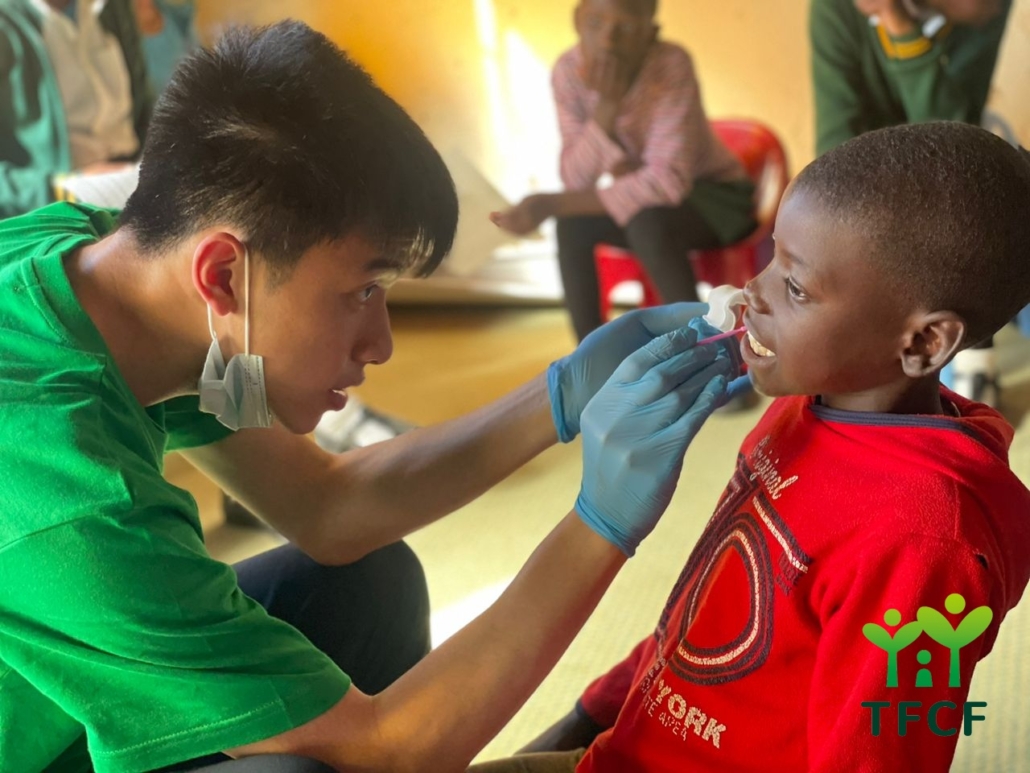TMU Shuang Ho designs COPD personal warning system
Source: Taipei Medical University
Published on 2019-04-19
TMU Shuang Ho Hospital has designed a new chronic respiratory disease warning system. This was displayed at the 2018 Taiwan Healthcare+ Expo late last year, allowing visitors a chance to try the system.
In the face of an aging population, lifestyles changes and air pollution, the rate of chronic obstructive pulmonary disease (COPD) has been increasing, leading to significant number of deaths. The World Health Organization attributes 3 million deaths a year to COPD and calls it the third leading cause of death worldwide. The Ministry of Health and Welfare says around 5000 Taiwanese die from COPD each year, making it the nation’s seventh-largest killer.
Thoracic medicine director Dr. Kang-Yun Lee, leader of Shuang Ho Hospital’s “smart” respiratory care center, says early COPD is often misdiagnosed because its symptoms are not obvious. COPD is caused by long-term respiratory tract inflammation that is irreversible. Blockage in the tract halts air flow, leading to ineffective gaseous exchange in the lungs. Patients often seek care with symptoms of asthma, emphysema, chest pain and coughing. COPD patients face possible complications including cardiovascular disease, osteoporosis, diabetes and lung cancer. This decreases quality of life and shortens lifespans.

Dr. Kang-Yun Lee (right) and Dr. Wen-Te Liu (middle) use fixed and mobile air analysis devices to calculate personalized respiratory disease prediction models
According to thoracic medicine specialist Dr. Wen-Te Liu, artificial intelligence and novel health devices improve clinical assessment for COPD patients to a great extent; they also help provide earlier home-based relief for chronic respiratory diseases that were traditionally treated at large hospitals. The system promotes initial COPD screening by hospitals and clinics, providing a new care model through referrals and medical consultations.
The COPD warning system can record physiological information through wearable devices, while fixed and mobile air quality detection device can record environmental parameters. By comparing these results with assessments and objective questionnaires from medical institutions, data collected over a few days or weeks can be used to generate a personalized respiratory disease prediction model for tracking long-term changes to the patient’s condition.
By combining technologies to provide a personal warning system, Shuang Ho Hospital offers new disease treatment approaches. This reduces barriers of distance and time between medical staff, patients and caregivers, and gives more data about the patient’s condition and treatment options. This comprehensive and personlized approach not only improves chronic respiratory disease care but also helps to reduce the level of risks facing COPD patients.

Physiological information is noted by the COPD early warning system and used to generate personalized respiratory disease prediction models


























